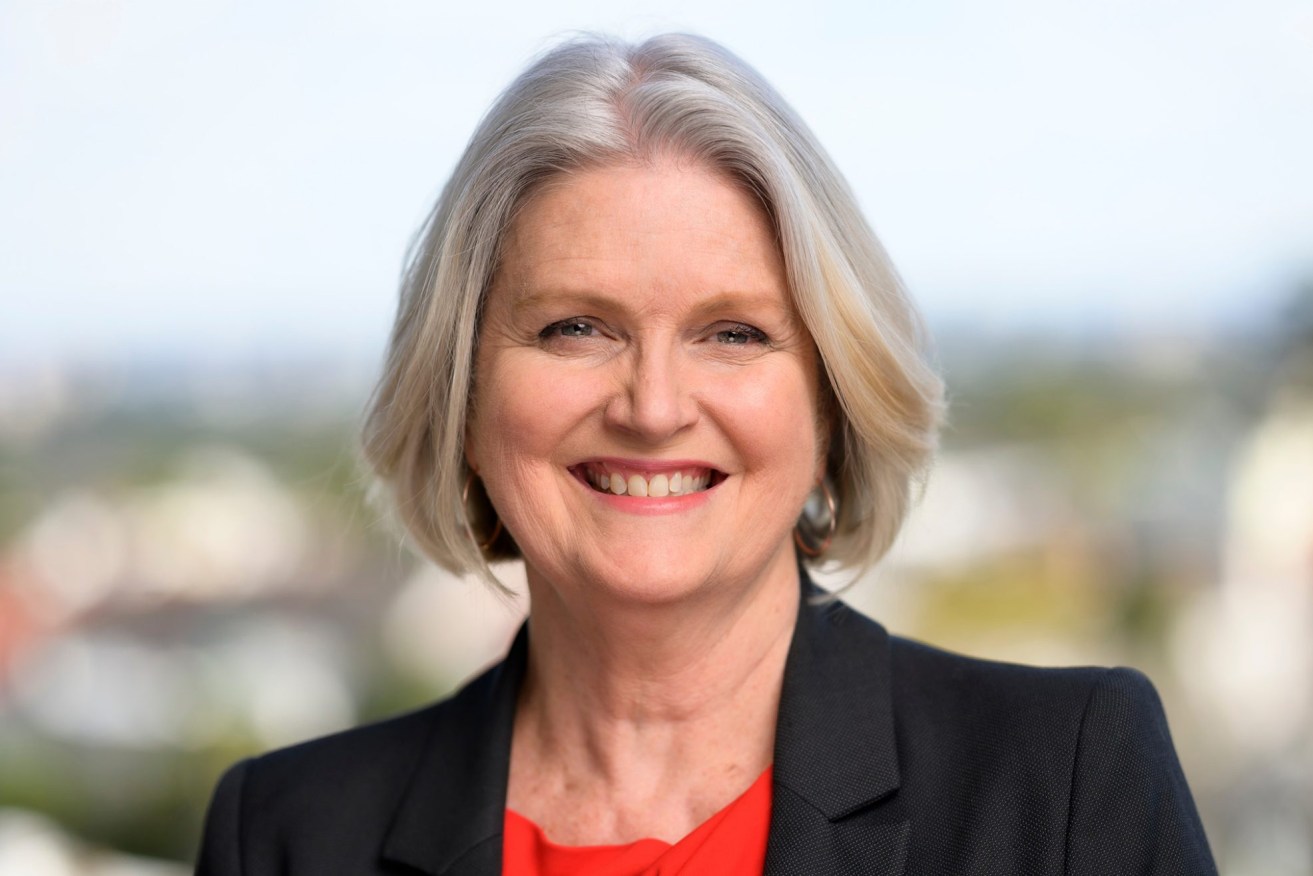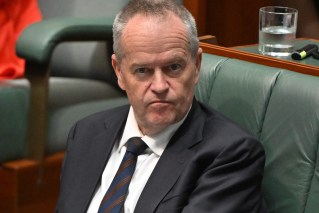Pandemic progress, but poverty problems now back to square one
Progress on reducing poverty and inequality during the first wave of the pandemic has rapidly reversed, according to new research.

ACOSS chief executive Cassandra Goldie. (File image)
Covid-19 support payments had changed lives, research director Carla Treloar said on Wednesday.
During the Alpha wave of the pandemic in 2020, the federal government payments saw Australia halve poverty and significantly reduce income inequality, the report by the Australian Council of Social Service and UNSW Sydney Poverty and Inequality Partnership found.
“Good social policy, tackling poverty, is good economics,” ACOSS chief executive Cassandra Goldie said.
There would have been twice as many Australians (22.7 per cent) below the poverty line without the Covid-19 income supports, the report said.
“By targeting income support to those with the least, the vital help was rapidly spent on essentials, helping to keep others in jobs,” Dr Goldie said.
But by cutting financial aid and denying it to people on the lowest incomes over the course of 2021, the gains were lost.
The report said the Coronavirus Supplement and JobKeeper support payments played a “crucial role” in reducing income inequality and poverty during the deepest recession in 90 years.
Despite an effective unemployment rate of 17 per cent at the time, many people on the lowest incomes could afford to pay their rent and household bills for the first time in years, researchers said.
From three million Australians (11.5 per cent) living in poverty in 2019, the number dropped to 9.9 per cent (2.6 million people) in June 2020 in the depths of the recession, but then rose to 14 per cent (3.8 million people) by the end of 2020.
By April 2021 the supplement and JobKeeper were gone, leaving a yawning gap in pandemic income support for about a million people still unemployed when Delta struck later that year, the report said.
Professor Treloar said axing the supplement and JobKeeper without an adequate substitute, excluding people on the lowest income-support payments from the Covid-19 disaster payment and prematurely ending that financial support, locked more people into poverty.
“That’s the legacy of the policy response to the Covid pandemic,” she said.
From August 2020 to August 2021 the number of high-paying jobs rose 251,000 compared to a growth in low-paid jobs of 76,000.
A few weeks after lockdowns ended, those still out of paid work lost their Covid Disaster Payment and joined 1.7 million people on the $45 a day unemployment Jobseeker payment.
Financial stress came roaring back as did increased reliance on emergency relief.
Poorer Australians are concerned across all financial stress metrics – especially raising $2000 for an emergency, buying major household items, paying utility bills and not having enough for food or basic necessities.
“The Covid-19 pandemic has taught us that poverty and inequality are not an inevitable state of being,” Goldie said.
“They grow because government policies allow them to, and in many cases, directly increase them.”












